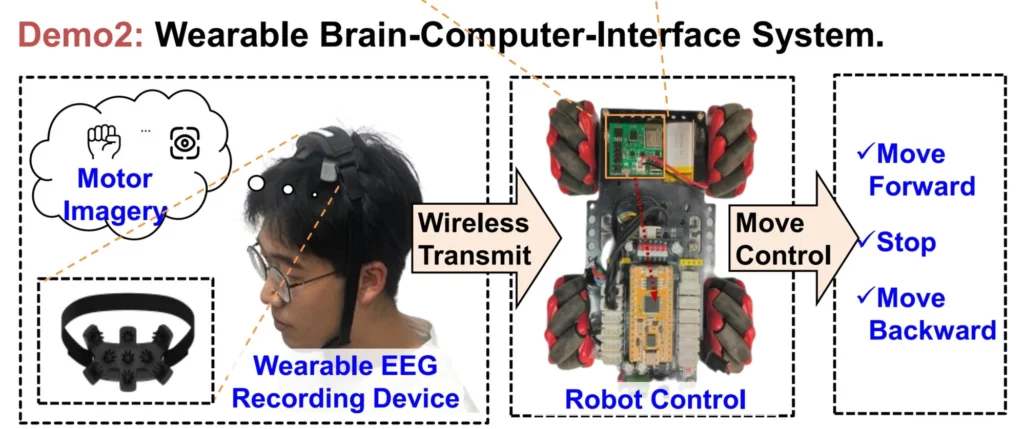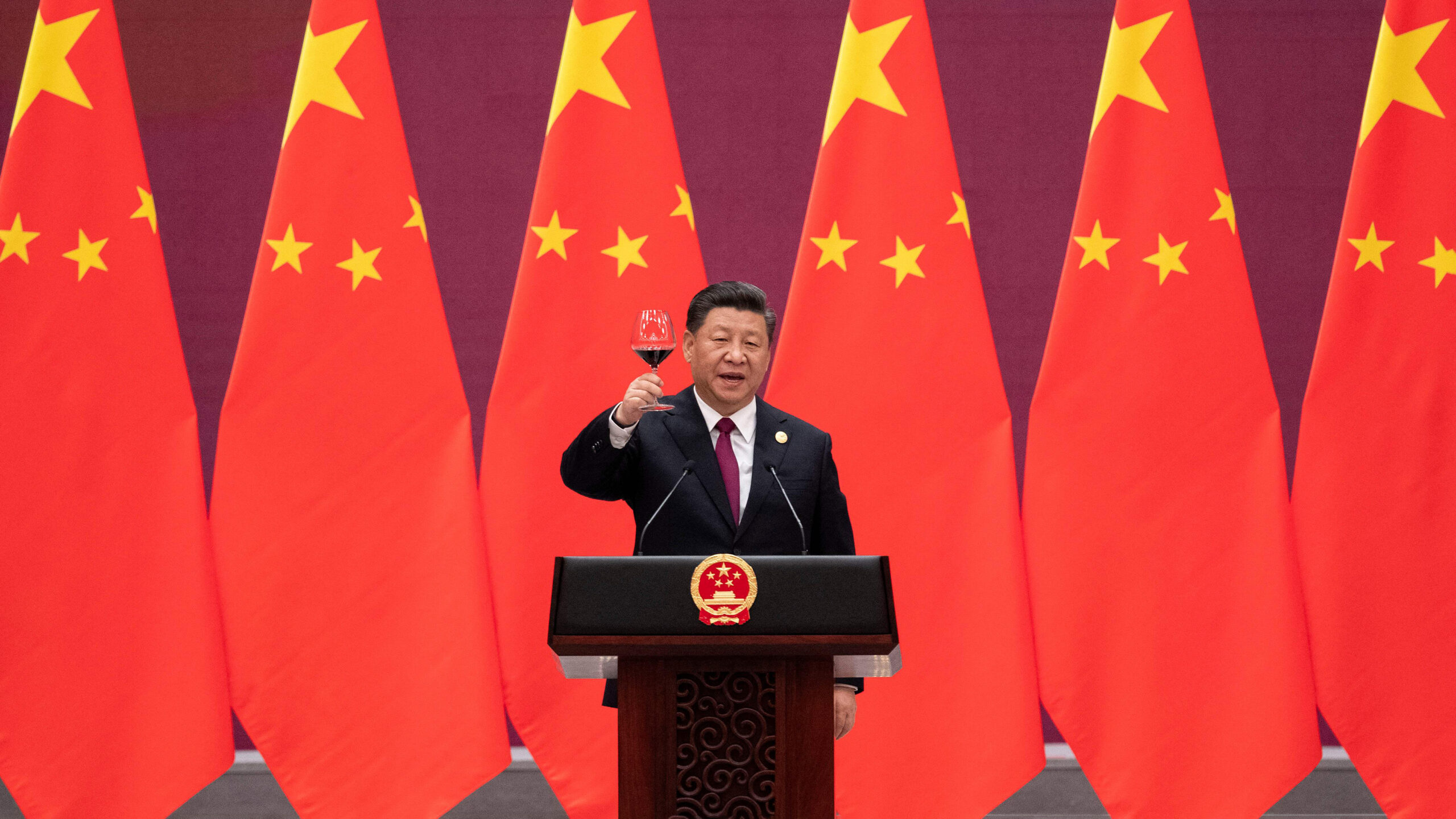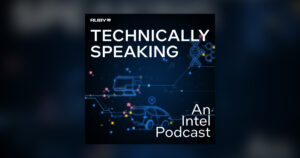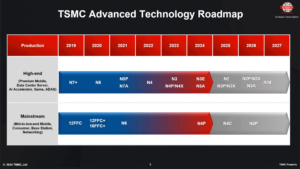Introduction:
In a significant stride towards technological innovation, Chinese scientists have recently unveiled a groundbreaking achievement: the development of the world’s most energy-efficient AI chips tailored specifically for mobile devices.
This remarkable advancement holds the potential to revolutionize the landscape of smartphone technology, offering unparalleled efficiency and performance.
Chinese scientists, under the leadership of Professor Zhou Jun and his esteemed team from the University of Electronic Science and Technology of China (UESTC), have debuted two cutting-edge ultra-low-power AI chips at the prestigious IEEE International Solid-State Circuits Conference (ISSCC) 2024.
At the heart of this milestone achievement lie years of dedicated research and pioneering efforts aimed at overcoming the longstanding challenge of high power consumption inherent in AI chips.
Professor Zhou Jun’s team has not only tackled this challenge head-on but has also shattered previous limitations through meticulous algorithmic refinement and architectural innovations.
Follow us on Linkedin for everything around Semiconductors & AI
The First Chip: Empowering Offline Voice Control
The inaugural chip presented by the UESTC team seamlessly integrates into smart devices, enabling robust offline voice control functionality. It excels in keyword spotting and speaker verification, even amidst cacophonous ambient noise.
This feat was previously unattainable with conventional voice recognition chips. The inaugural chip presented by the UESTC team seamlessly integrates into smart devices, enabling robust offline voice control functionality.
It leverages a sophisticated architecture featuring dynamic computation engines, adaptive noise suppression circuits, and integrated keyword and speaker recognition modules.
By integrating keyword and speaker recognition modules directly into the chip, the UESTC team has likely optimized the processing pipeline for these specific tasks. This integration minimizes latency and reduces the computational overhead associated with external processing, leading to faster and more accurate recognition.
This chip achieves a record-breaking recognition energy consumption of less than two microjoules per instance.
Furthermore, it boasts an impressive accuracy rate surpassing 95% in serene environments and 90% in noisy settings. It is setting new global benchmarks for both energy efficiency and accuracy.
Overall, the combination of offline functionality, advanced features, sophisticated architecture, energy efficiency, high accuracy, and benchmark-setting performance makes this chip truly special and a significant advancement in the field of voice recognition technology.
Read More: What’s the Dynamic Relationship Between Elon Musk’s Ventures and NVIDIA – techovedas
The Second Chip: Pioneering Seizure Detection for Epilepsy Patients
The second chip showcased by the UESTC team targets a critical healthcare need—seizure detection for individuals suffering from epilepsy.
Engineered for wearable devices, this chip uses EEG recognition to detect seizures in real-time, aiding timely treatment.

The second chip helps detect seizures in people who have epilepsy. Photo: Zhou Jun
Its standout feature is the zero-shot retraining algorithm, making accurate predictions without extensive seizure data.
This innovation promises quicker intervention, improving patient outcomes and healthcare efficiency.
With an astounding accuracy rate exceeding 98%, this chip achieves unparalleled energy efficiency, consuming a mere 0.07 microjoules on average.
Beyond seizure detection, its applications extend to brain-computer interfaces and sleep monitoring, underscoring its versatility and transformative potential in healthcare technology.
Implications and Future Outlook:
The unveiling of these ultra-low-power AI chips heralds a paradigm shift in AI technology. They unlock a multitude of possibilities across diverse domains.
From revolutionizing user interfaces in smart devices to offering critical medical support for epilepsy patients, their impact transcends conventional boundaries.
Moreover, ongoing advancements in feature extraction engines and on-chip learning mechanisms expand the scope of applications.
This promises unprecedented innovations and breakthroughs in the foreseeable future.
Read More: –5nm Chips: Huawei Tests Brute Force Method to Circumvent US Restrictions – techovedas
Conclusion:
The groundbreaking achievements unveiled by Professor Zhou Jun and his visionary team at UESTC underscore the transformative potential of interdisciplinary research and innovation in advancing AI technology.
As these ultra-low-power chips permeate various facets of our lives, they hold the promise of ushering in a new era of efficiency, accessibility, world’s most energy-efficient AI chips and efficacy in AI-driven applications.
Through collaborative efforts between academia and industry, we stand poised at the precipice of a technological revolution that promises to redefine the boundaries of possibility and empower humanity to surmount challenges with ingenuity and resilience.




